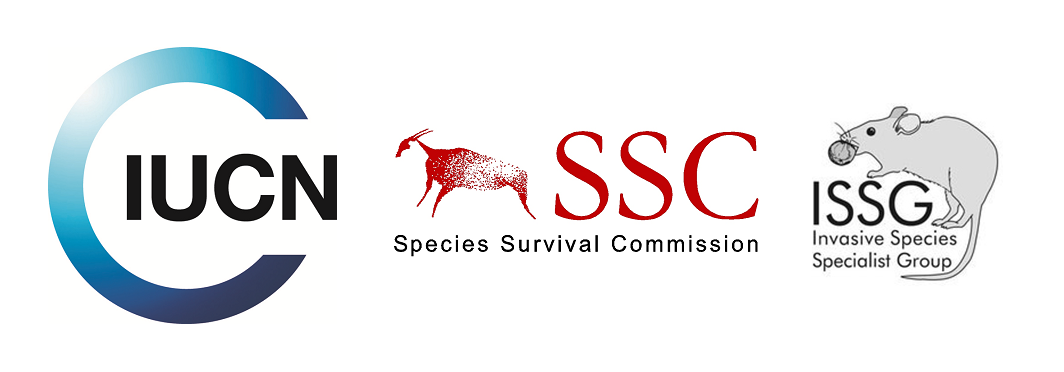Policy support tool
Environmental Impact Classification of Alien Taxa (EICAT)

The IUCN Environmental Impact Classification of Alien Taxa (EICAT) is a simple, objective and transparent method for classifying alien taxa in terms of the magnitude of their detrimental environmental impacts in recipient areas. Alien taxa are classified into one of five ‘impact’ categories depending on the level of biological organisation (individual, population or community) impacted and the severity and reversibility of this impact, with the mechanisms by which the impacts occur aligned with those identified in the International Union for Conservation of Nature (IUCN) Global Invasive Species Database ([GISD]; www.iucngisd.org). The EICAT adopts parallel classification systems to capture both the maximum impact ever recorded and the current impact level caused by the alien taxon.
Brochure: eicat_brochure_0.pdf
EICAT has the following five objectives (i) identify those taxa that have different levels of environmental impact, (ii) facilitate comparisons of the level of impact by alien taxa among regions and taxonomic groups, (iii) facilitate predictions of potential future impacts of taxa in the target region and elsewhere; (iv) aid in prioritisation of management actions, and (v) aid in evaluation of management methods. It is envisaged that the EICAT scheme will be used by scientists, land managers and conservation practitioners as a tool to gain a better understanding of the magnitude of impacts caused by different alien taxa, to alert relevant stakeholders to the possible consequences.